Cannot believe the wonderful trip we tool with Mr. Tashi from LEHO...the vehicle was small and the LEHO people, Dr. Mohammed Deen and Razia Sultana were so helpful in making the arrangements, which involved helping to transport LEHO-connected people from one town to another. They were all concerned if we would be uncomfortable. "Oh no it'll be fine" I said, little knowing what a full spectrum of comfort levels there are in this world, and in particular along the Leh-Kargil road.....so arduous but so incredible. The engineering feat of creating this wonderful road, with its stone walls, so much of it in excellent shape, is an endeavor most Americans couldn't imagine....the workers live in tents along the way, working for months at a time before taking breaks to go home to their villages.
Everywhere we went the hospitality was so generous, kind, gentle. My photos, if I ever get rested enough to upload them, will confirm the utter beauty of the homes and the hard work the people do with ease and love. We slept in a tent on the top of a Ladakhi roof in the village of Dumkbar. If we would have done any sleepwalking outside the tent we would have fallen off a ledge into oblivion. I usually go to the bathroom several times a night but this was definitely not an option...the toilet would have required a trip down stairs through the home where people were sleeping, and then outside along a narrow path through a garden.I t was what they call a dry toilet which is a hole in the ground. The toilet was not the problem, just the location of it, one misstep in the nighttime could have ended in disaster. At the home we were staying it was very clean, everything was clean and beautiful, shrines and holiness throughout.
The ride was so harrowing and backbreaking I can't believe the fascinating things that happened along the way and the people we met and all that we learned. I would do it all again tomorrow if I had a chance.
Unfortunately Honna's camera memory card of the trip got scratched and so much of it all is lost we think. It's a true heartbreak. But we have to accept it and move on. We still have enough to design the brochure that LEHO needs, since they acknowledge forthrightly their weakness is in written English documentation of their work. They do have a logo but I think it needs help. They appoint the head of their greenhouse projects in each village and then provide materials and training for start-up, but then back off, and let the villagers run it themselves, dropping in now and then to offer help without insulting the pride of the villagers. Everyone profits, and everyone must pay some money into their business, machine repairs etc. We also visited a self-starting children's school that runs for an hour each night, at 7:30 after work is done, just to learn one English word a day. I will look for flash cards with pictures on the baclk to send them. Also it amazes me that they apparently don't grow or know about kale, which loves the winter. so I'm going to send some seeds.... The winters are so hard and these LEHO projects are designed in conjunction with 4 other NGOS to help improve the villagers life.
We just happened to be present at Lamayuru monastery when a new Rimpoche arrived for a visit in a caravan of modern white jeeps.We saw them weaving back and forth across the mountains from a long way off. All the monks played their ancient instruments and wore the ancient ceremionial garb for the arrival, the most ancient Ladakhis and Tibetan refugees in traditional garb spun prayer wheels and sat along the road, waiting for him. I don't know how they have the strength to walk so far and up such hills. We also visited Alchi monastery, absolutely impossible to describe the ancient beauties, efforts, and mysteries there. These monasteries have as much and maybe more spiritual oomph than anywhere I've ever been. When you consider how remote they are, how difficult they are to reach even in 2008, you really do have to wonder how they could build gilded statues of Buddhas encrusted with semi-precious stones two stories high- a thousand years ago!
But most importantly perhaps, we saw the LEHO (NGO) works in progress, microhydroelectric power in action for grinding almonds, extracting the oil, and grinding barley. The community all benefits from each product through a cooperative unit, with the European Union at the top of the pyramid of engineers and donors. No USA support of LEHO to speak of yet, but we will research that and set up a fund for interested donors. Swedish and French very large donors of equipment including weaving looms, spinning and wool carding machines. I bought one shawl that will supposedly support a village for a long time, and empower women to have their own money. Many of the projects are arranged so that the women don't have to ask their husbands for money for household expenses, which is considered to be humiliating.
We were entertained in every household we visited- every greenhouse, every root cellar, every poultry farm, every apricot drying scheme, every garden, by kind gracious, gentle, laughing, happy people, offering us butter tea and regular tea and biscuits and very crunchy almond barley mix...We rode much of the journey with traditionally dressed Ladakhi women, sleeping on one another's shoulders etc as we bumped along.
I hadn't realized the importance of the slight change in altitude and keeping hydrated for the return to Leh, which is higher altitude. Last night I had my first episode of true frightening death-defying pain, getting an hourlong headache in which I thought my brain was exploding. Never in my life experienced such pain, it was beyond belief. Honna did her kind care and pranic healing, and just her kind hand on my brow and to be able to hold onto her arm was such a comfort. I couldn't get out of bed for another twelve hours as it subsided. I thought it was cerebral edema (for which I had brought an emergency supply of predisone but didn't use) but Honna softly and gently said not to worry, it was just lack of proper hydration on our journey. The Ladakhi women don't drink water on their journeys so I was trying to be one of them and not be so American with my water bottle, but I am what I am, and the water is so critical at altitude..you have to drink it all day long from safe water bottles, everyone does, plastic which can be refilled at certain places, but plastic in general is frowned upon in this most ecologically aware part of the world...they put America to shame here in Ladakh, because their ecological schemes are so advanced and so gentle...
On the way back we were nearly out of gas and it was very dark on very windy roads along cliffs. We saw ancient remote statues - gilded and bejewelled- of various deities in the temples along the way. Even though it's only a few hundred kilometers to Dumkbar along the Srinigar-Leh road, it took about eight hours with all our stops along the way. It was a hard and exhausting journey but when we arrived, and sat on a dirt floor by candlelight with the beautiful men and women, looking at their cooperative efforts in handicraft, and drinking butter tea sitting by the looms and woolens and grains, helping to box them up to take to market the next day, it was an ineffably beautiful end to the day. In the car the next day the ever-jolly Ladakhi women took turns grabbing my thigh and shaking it and saying how strong I was and how young I look! I have a hard time accepting compliments, but it is amazing and shocking to get compliments from the people I admire most in the world for their strength and beauty. However life in the mountain villages is hard, and people whose age I estimate as 60 or 70 are actually only in their forties and fifties, but still beautiful beyond words....
I am beyond happy, beyond blessed,beyond wonder, so full of gratitude for this experience....Love to all...Please become aware of Ladakh. Honna and I will be trying to raise awareness in the USA when we return. As I've said, we are responsible now for making a brochure and other literature as part of our arrangement with the NGO LEHO to go to the outer villages and homes.ALthough Leh is a wonderful bustling tourist destination with its share of hustlers and vendors just like any other tourist town, Ladakh is an unspoiled, almost unspoilable region of the world. I haven't been able to upload photos, the time is too long, but no picture could ever capture the pure goodness and beauty of Ladakh.
Friday, July 25, 2008
Travels on the Leh-Srinigar Road and Beyond
Subscribe to:
Post Comments (Atom)


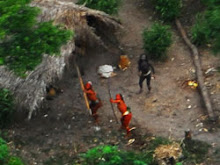
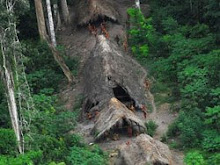
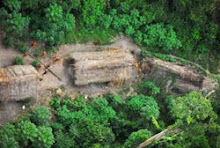

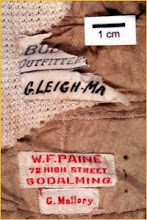




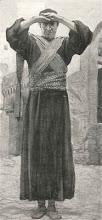
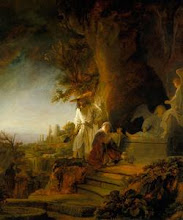


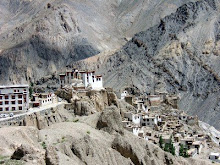

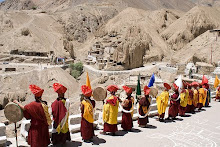
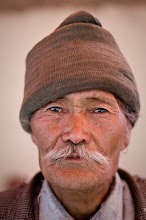
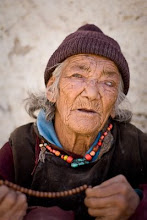
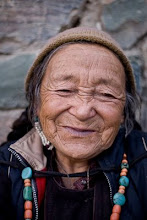
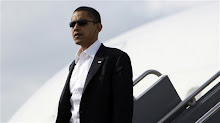
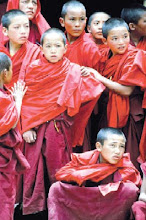
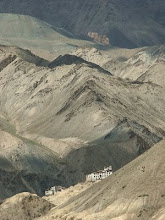

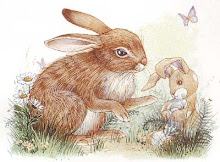
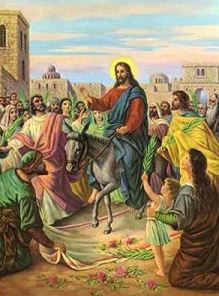
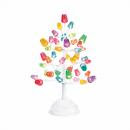
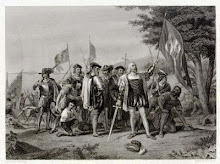


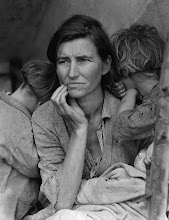




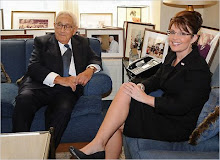












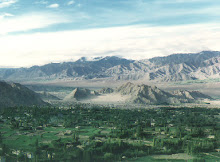
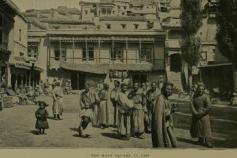
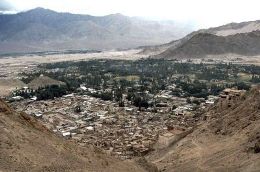
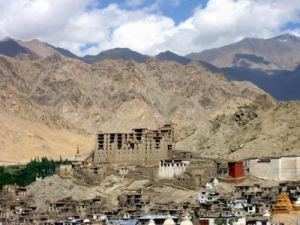
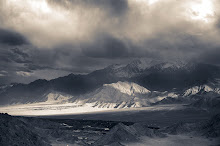
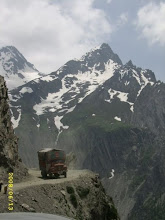

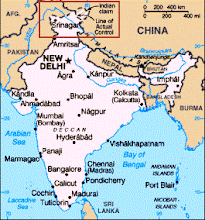
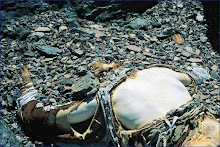
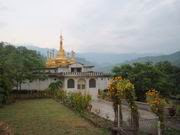


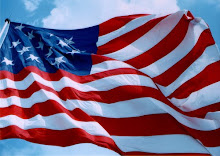

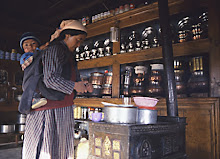
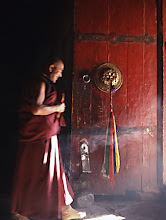
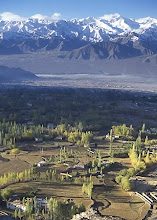
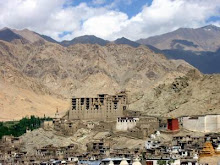

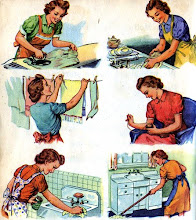


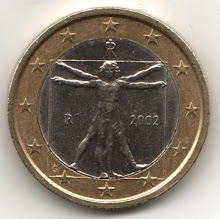

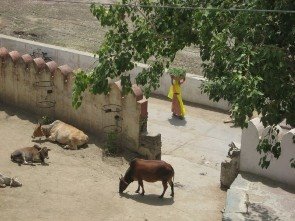




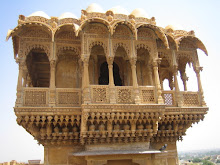



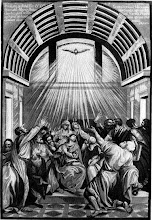



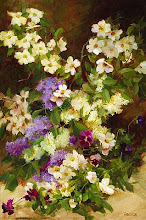



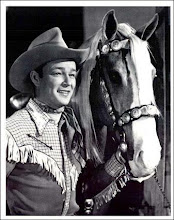

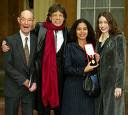


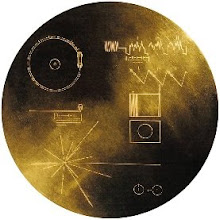


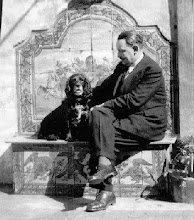

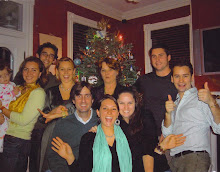
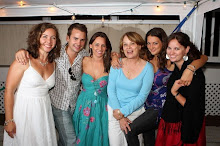

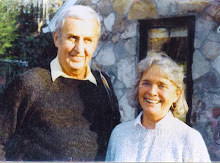


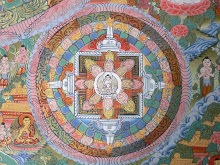

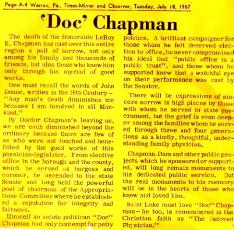
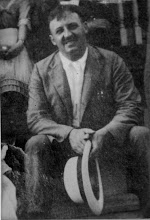


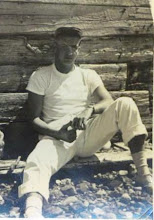
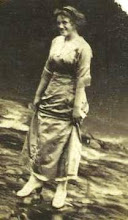
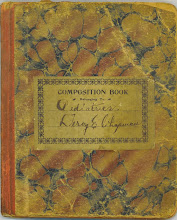




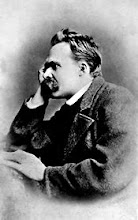

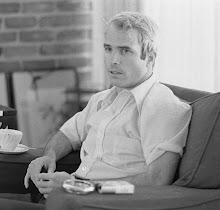




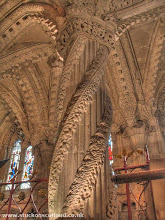
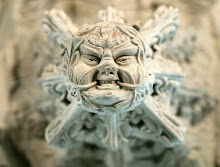


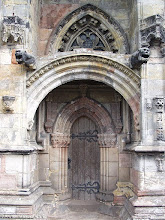

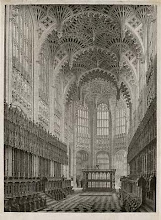

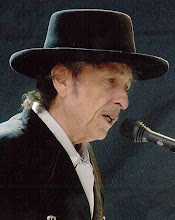

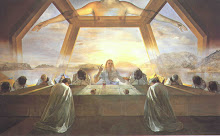



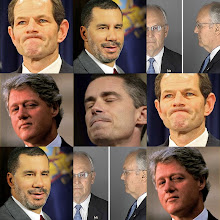
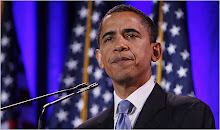
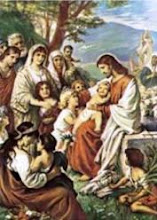
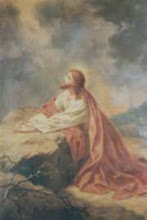




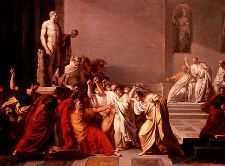







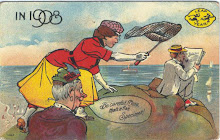






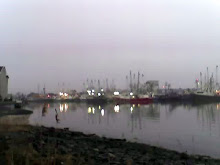
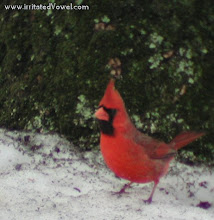

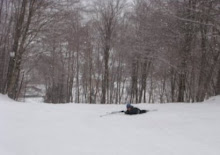


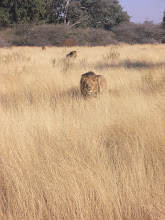
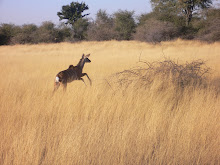



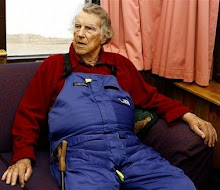

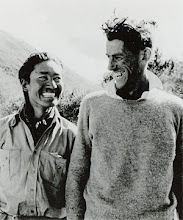

No comments:
Post a Comment